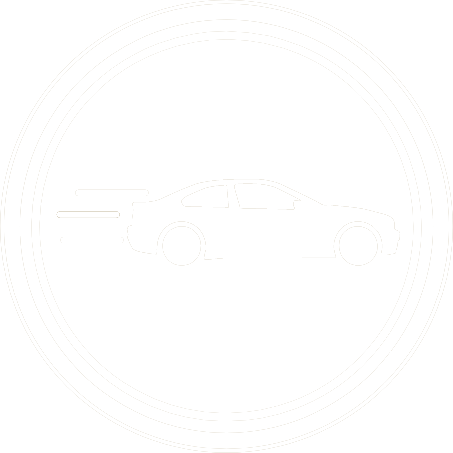It’s that time of the year again. The rainy season is here and as much as it’s refreshing and provides us with much-needed water, driving in the pouring rain can be a challenge and the most important thing as a road user is safety. With the following tips, you should be able to navigate most of this season’s storms with confidence.

Use your wipers
It may seem like stating the obvious, but wipers are an integral part of your arsenal when navigating wet weather. It’s important to make sure that your wiper blades are in good working condition, and that they clear the water off your windscreen well enough for you to see clearly. Don’t be shy to use them, even at a higher intensity than you think may be necessary. The important thing is that you have clear visibility to see ahead of you.
Reduce your speed
In unfavourable conditions, it’s always a good idea to reduce your speed. This will allow you to fully assess the situation around you to make better-informed decisions. Reducing your speed also gives you the ability to brake and bring the vehicle to a safe stop should you need to. Remember, the faster you’re going, the greater your stopping distance
Avoid sudden or harsh braking
With a wet and slippery road surface beneath you, braking harshly or suddenly may cause your vehicle to skid due to a loss of traction. Give yourself enough time to stop and avoid harsh braking inputs.
Increase following distance
Leaving enough room between you and the vehicle ahead of you will give you room to react should something unexpected occur. You’ll also be doing yourself a favour and avoiding the visually impairing spray from the vehicle ahead of you.

Avoid pools of water
Often rainwater pools up in certain sections of the road due to a ditch or poor drainage. These pools of water can cause what’s referred to as aquaplaning. You may experience aquaplaning when driving through a pool of water. When it occurs, it feels like you're losing control of the vehicle for a brief moment as it breaks traction on the affected wheels and begins to move sideways. Another reason why you should avoid pools of water is potholes. These nasty road crevices are normally hidden under a seemingly shiny patch of water on the road. The patch appears shiny because it's a pothole filled with rainwater.
Use your headlamps
Rain storms are generally accompanied by a reduced natural light in the daytime. It’s not only important for you to see where you’re going, but for other motorists to see you. Depending on the amount of natural light and visibility at the time, you may need to turn on your dimmed or full headlamps. You shouldn’t feel awkward for doing so even if it's during the day – you would rather be seen and avoid a collision than the alternative. Most new vehicles have daytime running lights, auto headlamps, or both. These vehicles can detect low light conditions and will automatically turn on the headlamps.
Words: Gugu Masuku











